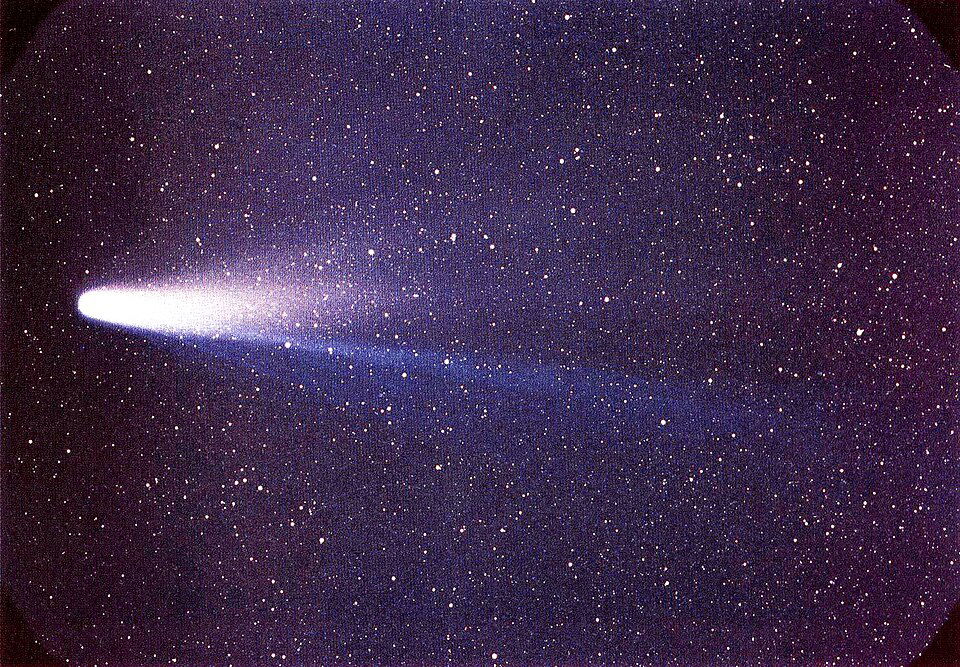While Halley’s Comet itself won’t grace our skies until 2061, its legacy continues to dazzle. On May 5 and 6, 2025, the Eta Aquariid meteor shower will peak, offering a spectacular celestial display as Earth passes through the debris trail left by Halley’s Comet.

Halley’s Comet, officially designated 1P/Halley, is perhaps the most famous of all comets, visible from Earth approximately every 76 years. Its last appearance was in 1986, and it’s expected to return in 2061. However, even when the comet itself is far from Earth, its legacy continues through meteor showers like the Eta Aquariids.
The Eta Aquariid meteor shower is known for its fast-moving meteors and glowing trails. Observers in the Southern Hemisphere can expect to see up to 50 meteors per hour under optimal conditions, while those in the Northern Hemisphere may see between 10 to 20 meteors per hour. These meteors are particularly notable for their speed and the persistent trains they often leave behind, which can last for several seconds. Some meteors, known as “Earthgrazers,” skim the Earth’s atmosphere at a shallow angle, producing long, bright trails that are especially impressive.
The Eta Aquariid meteor shower is active from April 15 to May 27, but the peak occurs on the mornings of May 5 and 6. The best time to observe the meteors is during the pre-dawn hours, typically between 3:00 a.m. and 5:00 a.m. local time. For optimal viewing, find a location away from city lights with a clear view of the sky. Allow your eyes to adjust to the darkness for about 30 minutes, and avoid looking at bright screens or lights during this time. No special equipment is needed; lie back and watch the sky.
If you’re interested in capturing the Eta Aquariids on camera:
- Use a tripod: Stabilize your camera to avoid blurry images.
- Wide-angle lens: This allows you to capture more of the sky.
- Long exposure: Set your camera to a long exposure time to capture the movement of the meteors.
- Manual focus: Focus your lens to infinity to ensure sharp stars and meteors.
- Remote shutter release: This prevents camera shake when taking photos.
While the Eta Aquariids are best viewed from the Southern Hemisphere, observers worldwide can enjoy the show. In the Northern Hemisphere, the meteors will appear lower in the sky, but with patience and clear skies, you can still witness this celestial event.
